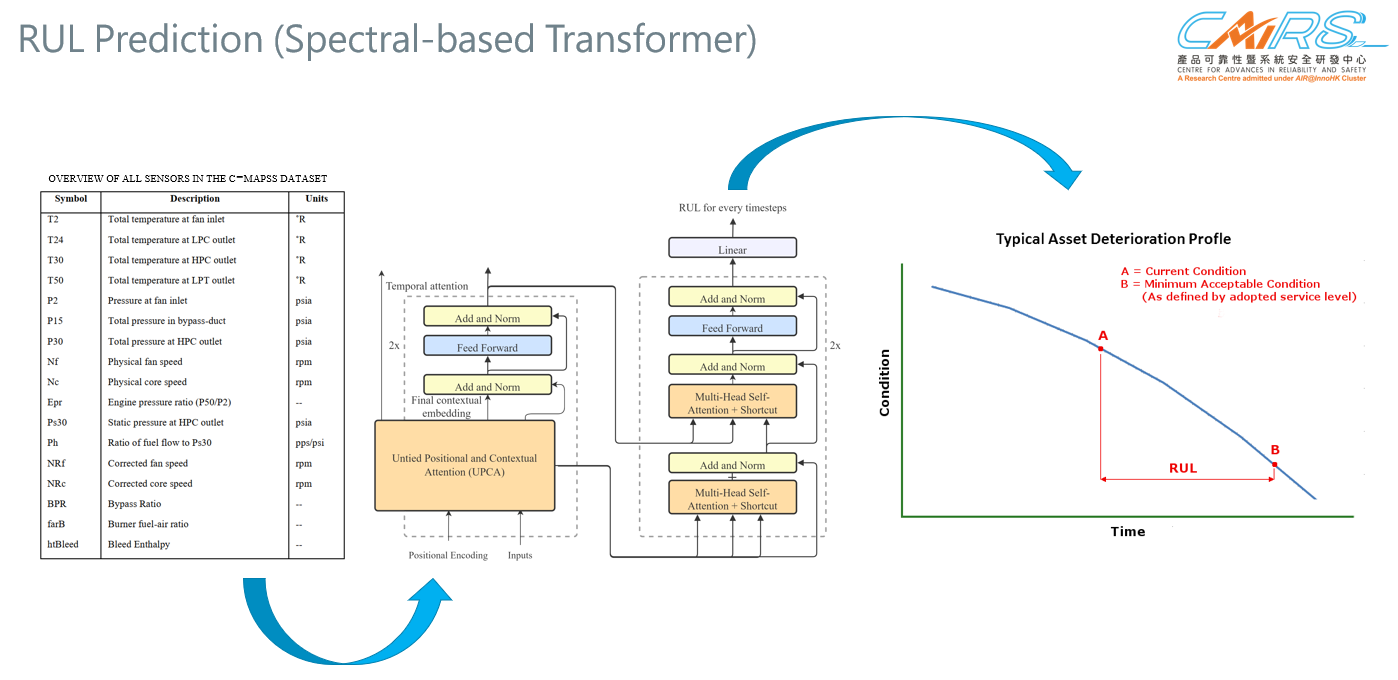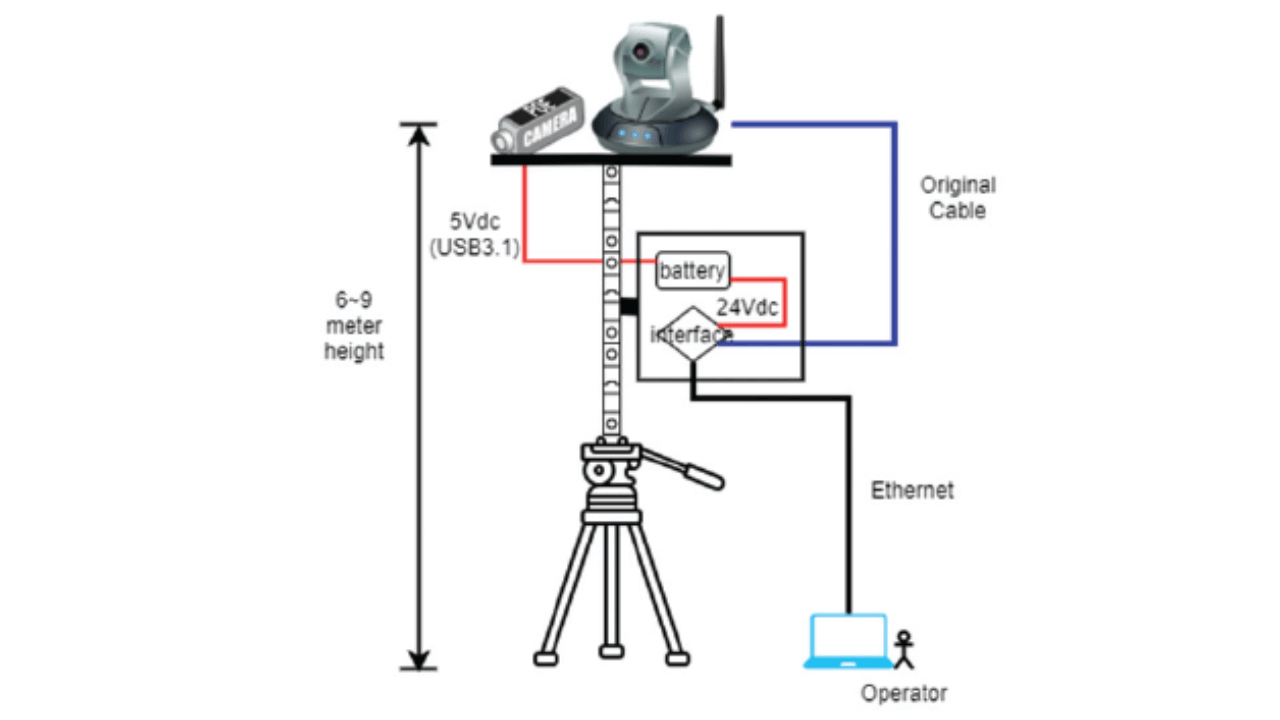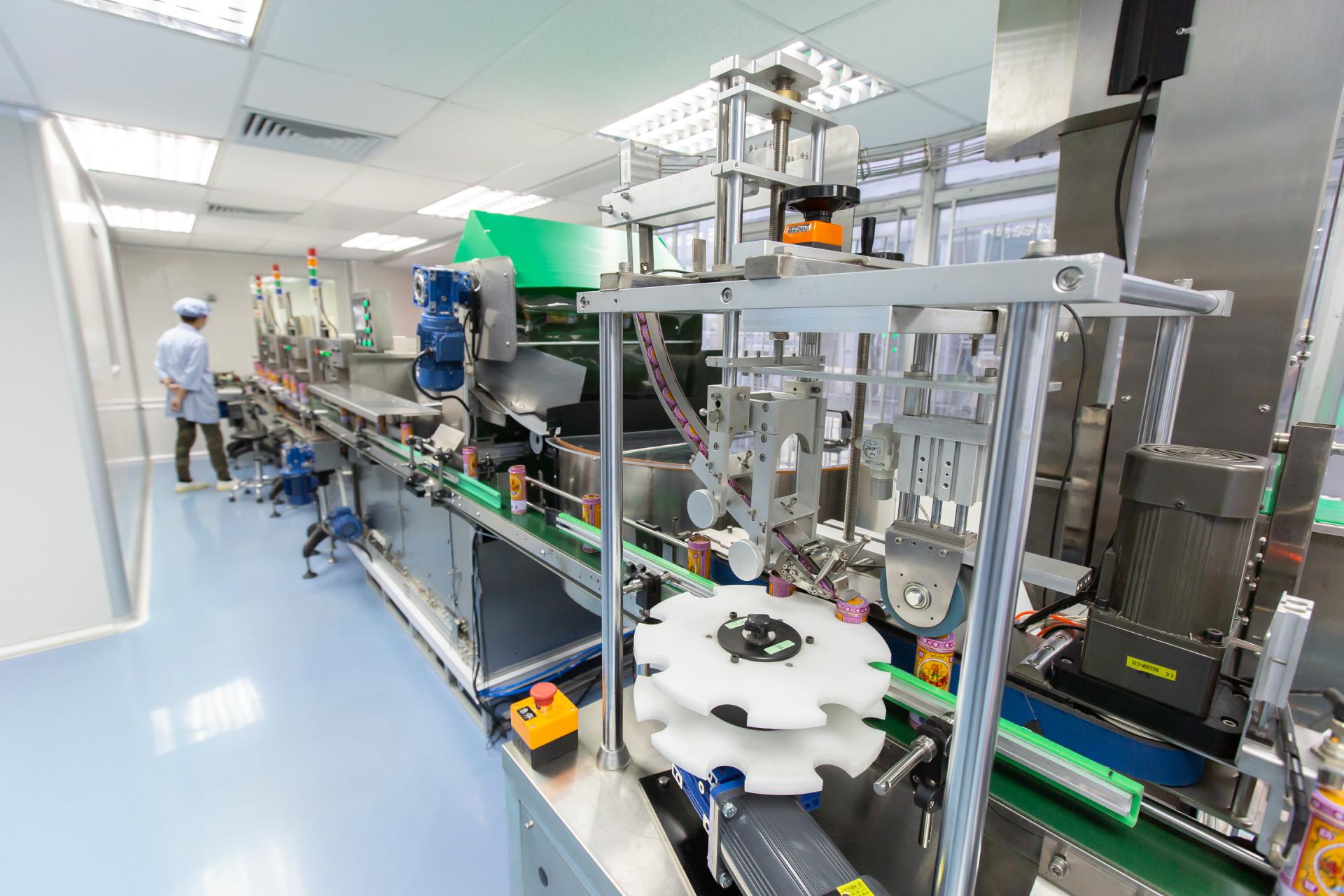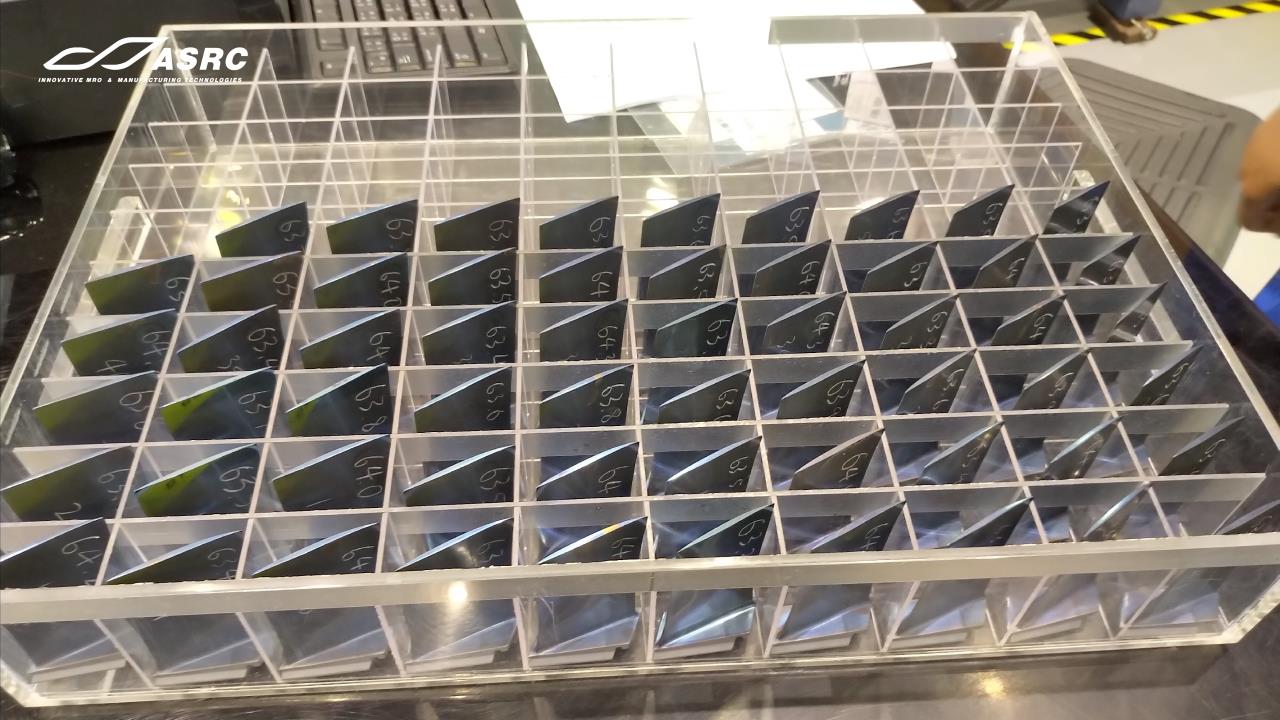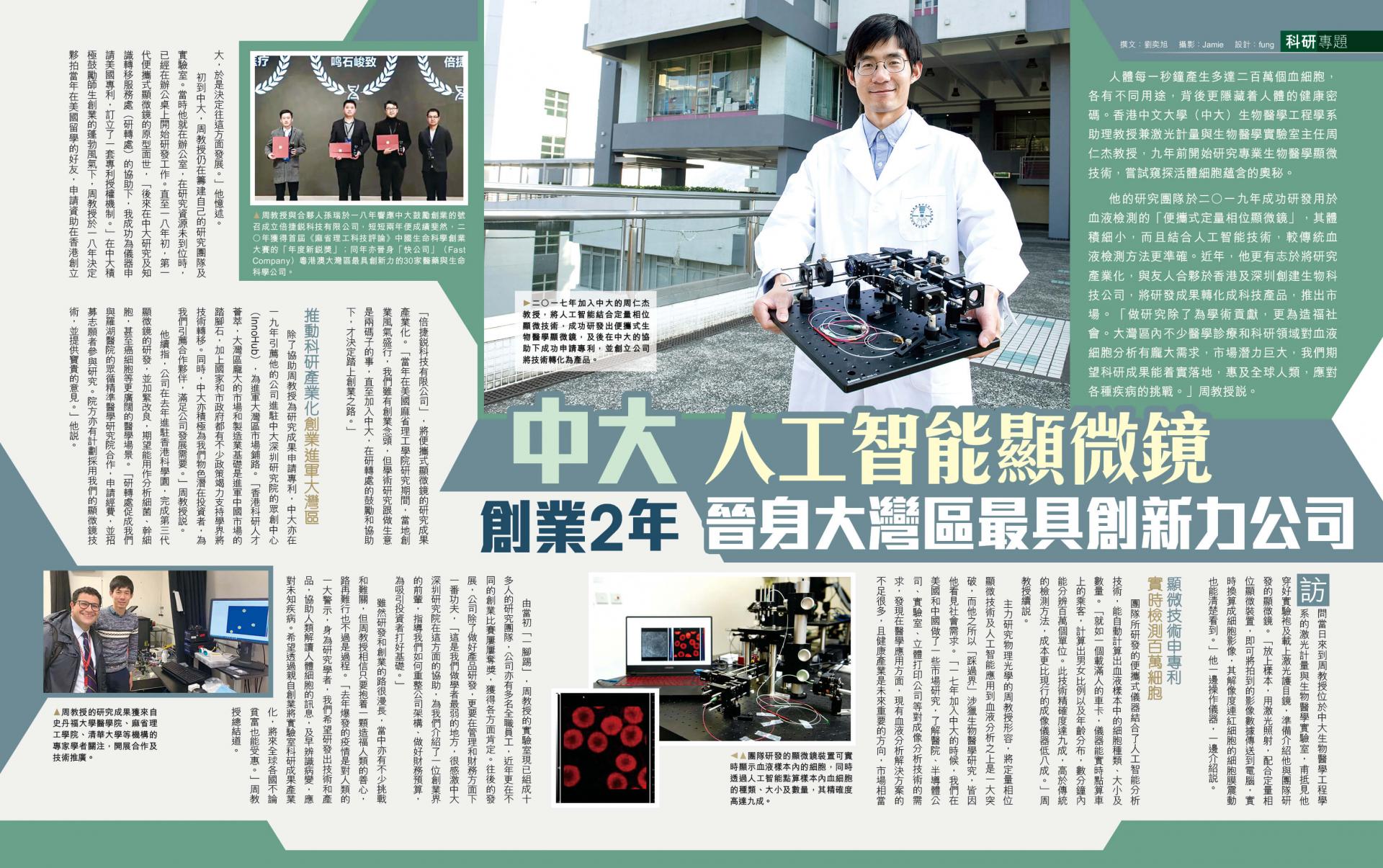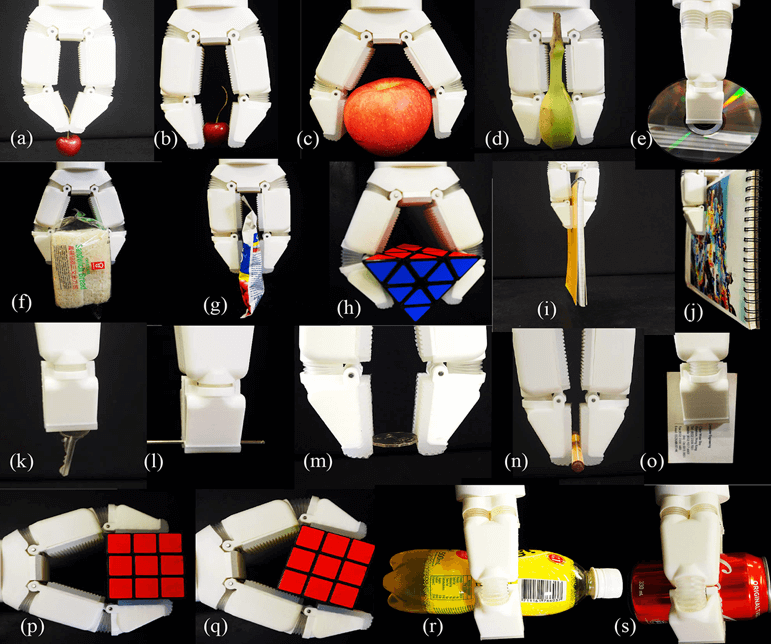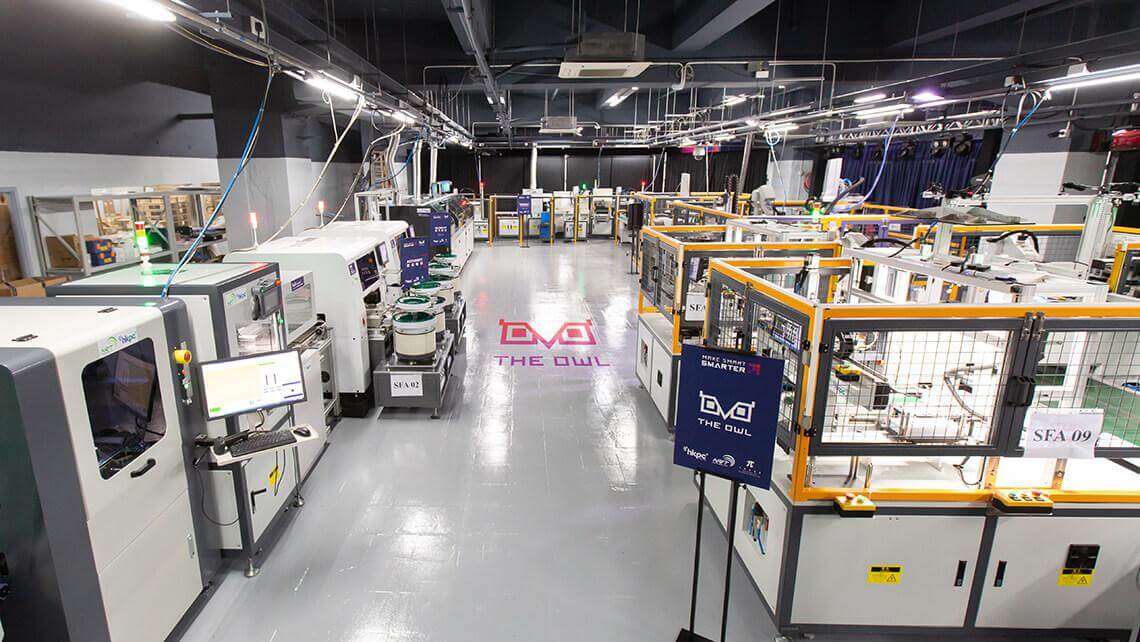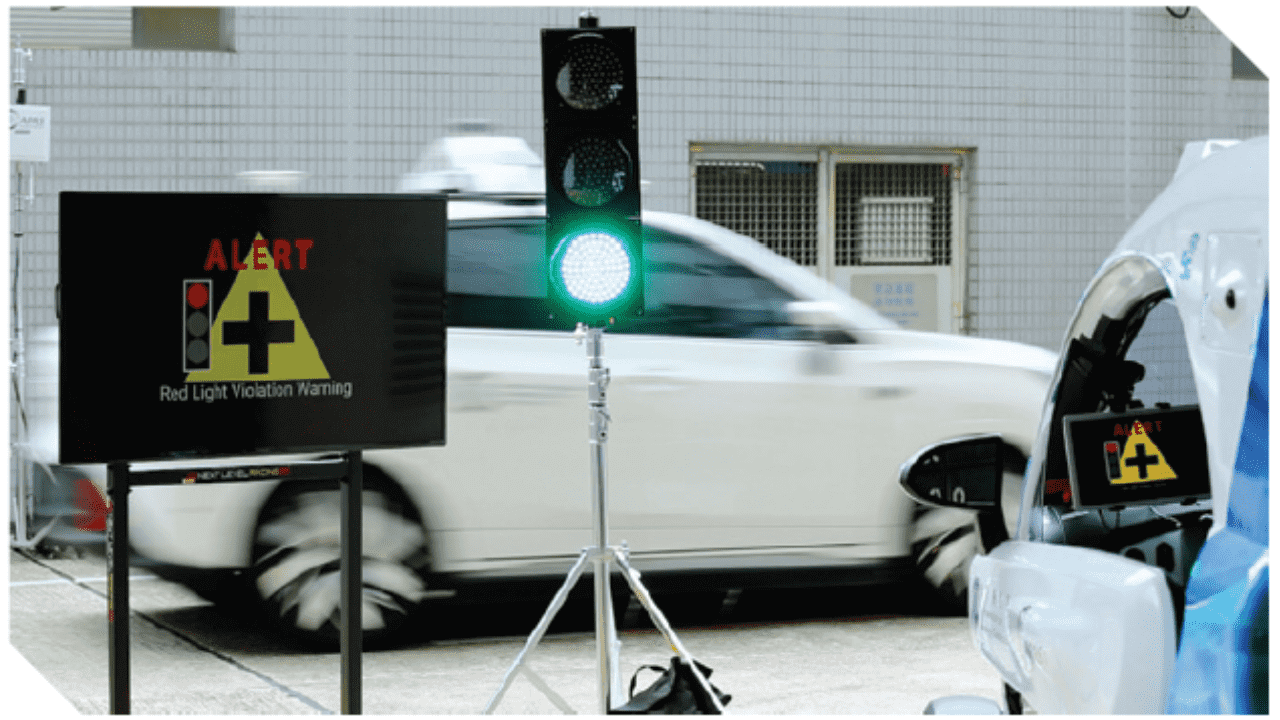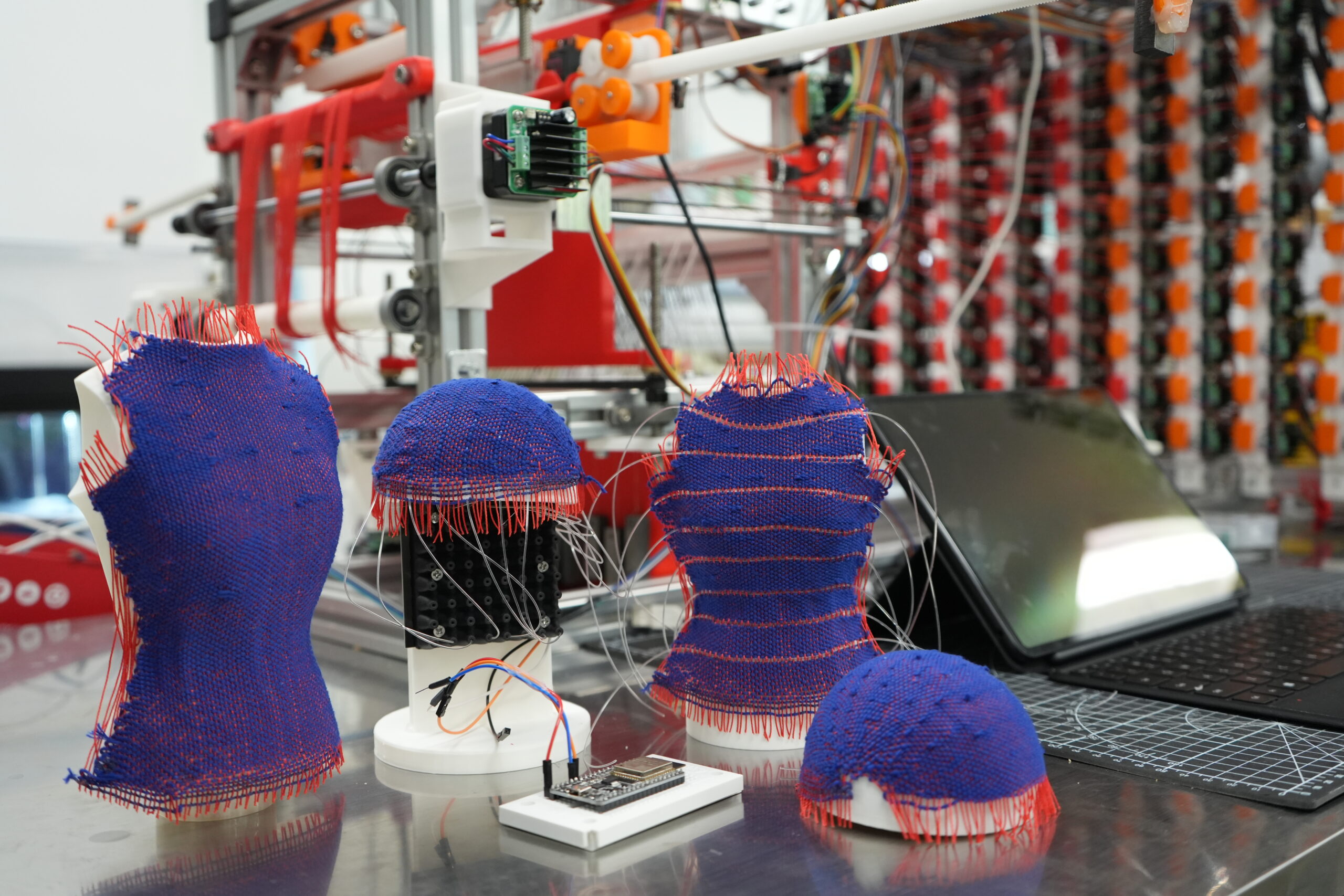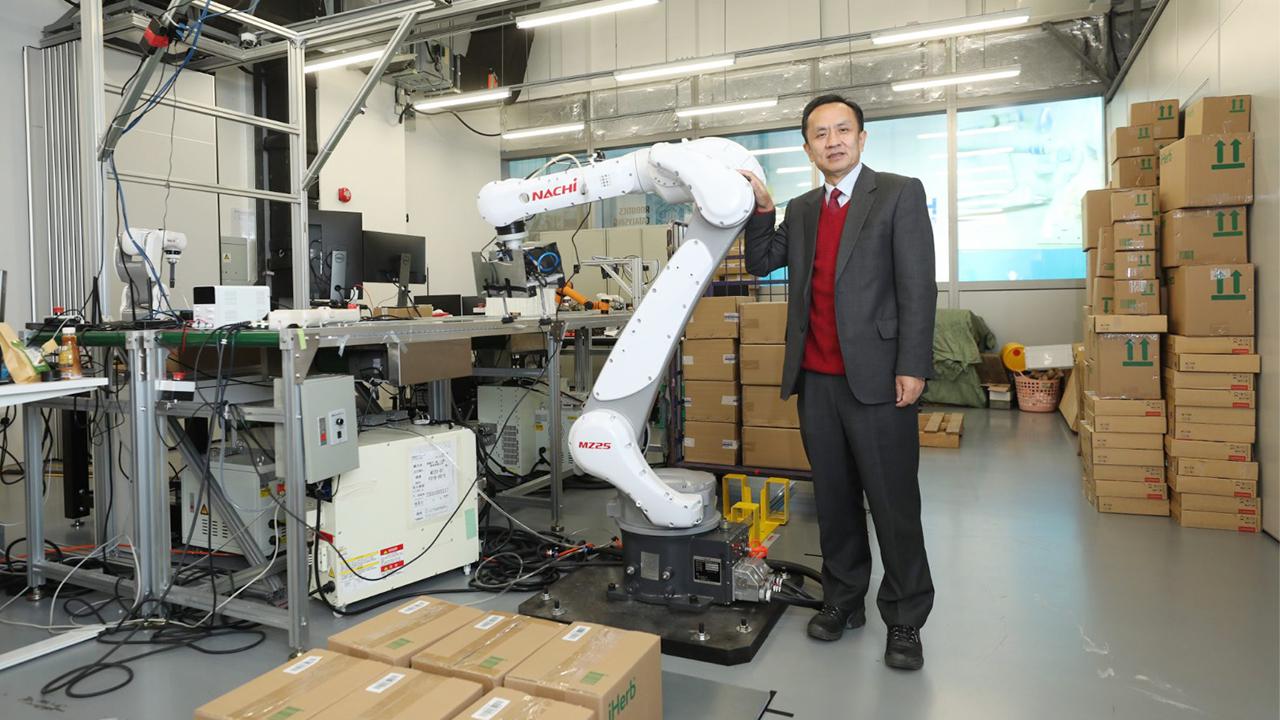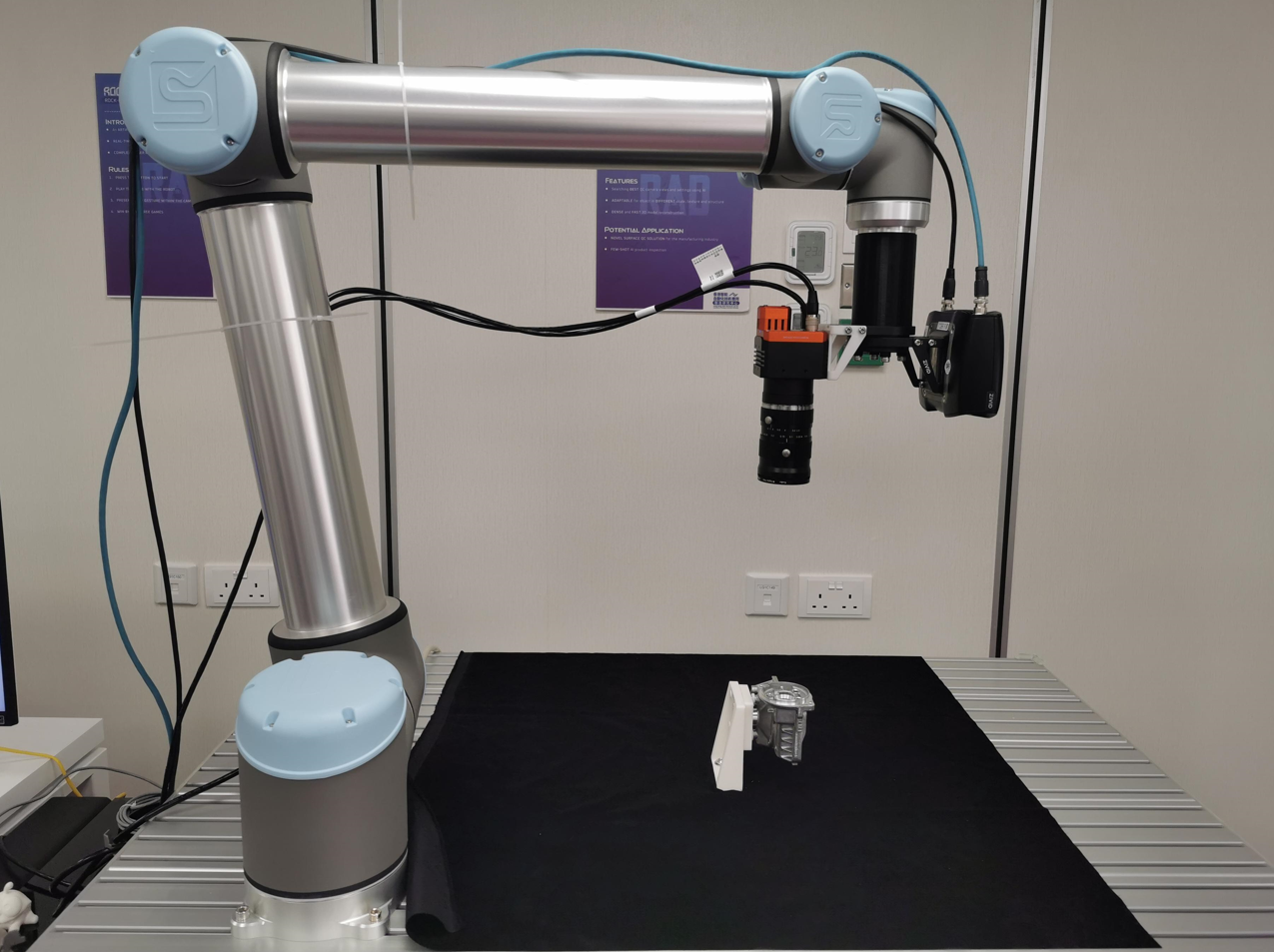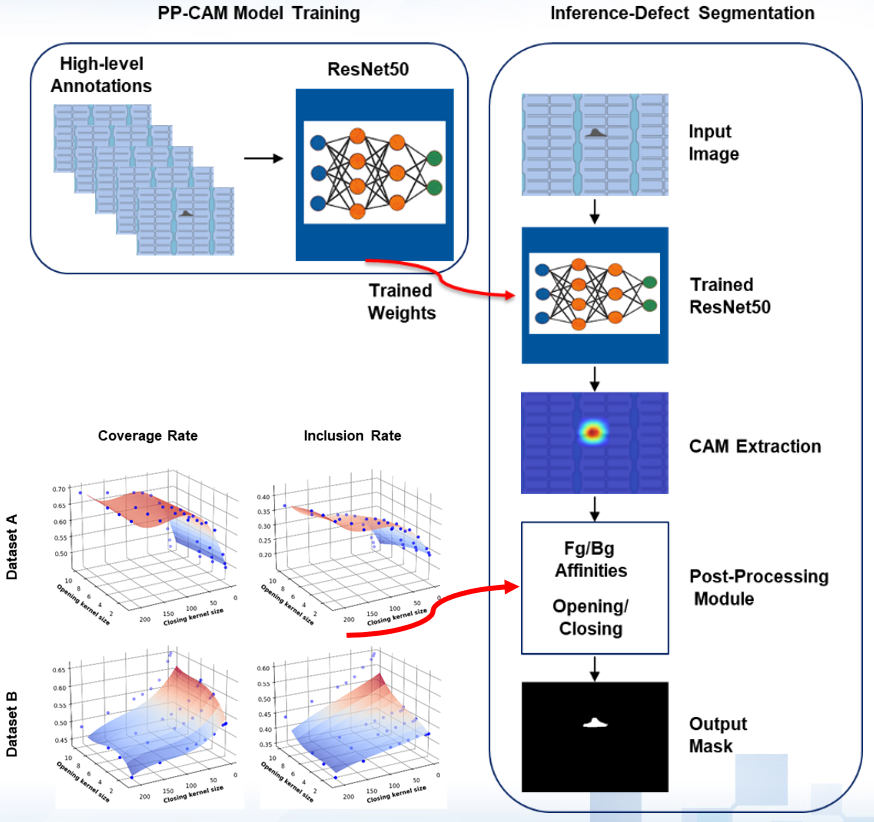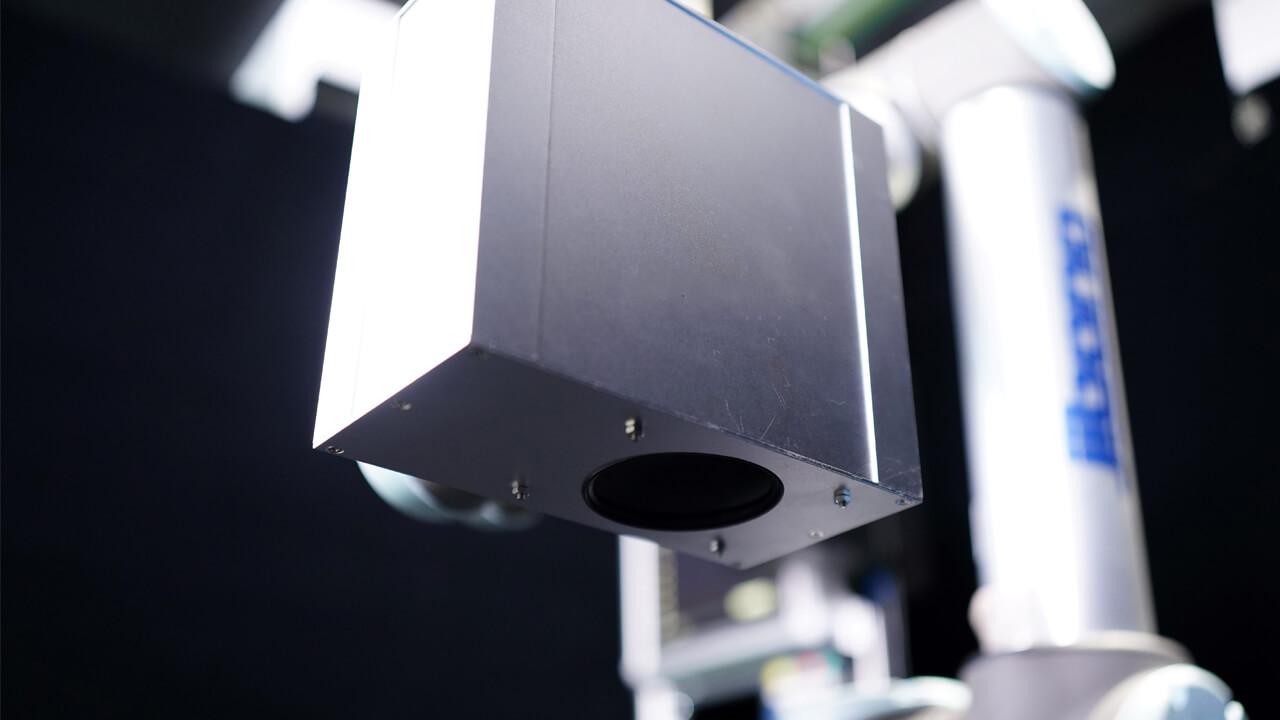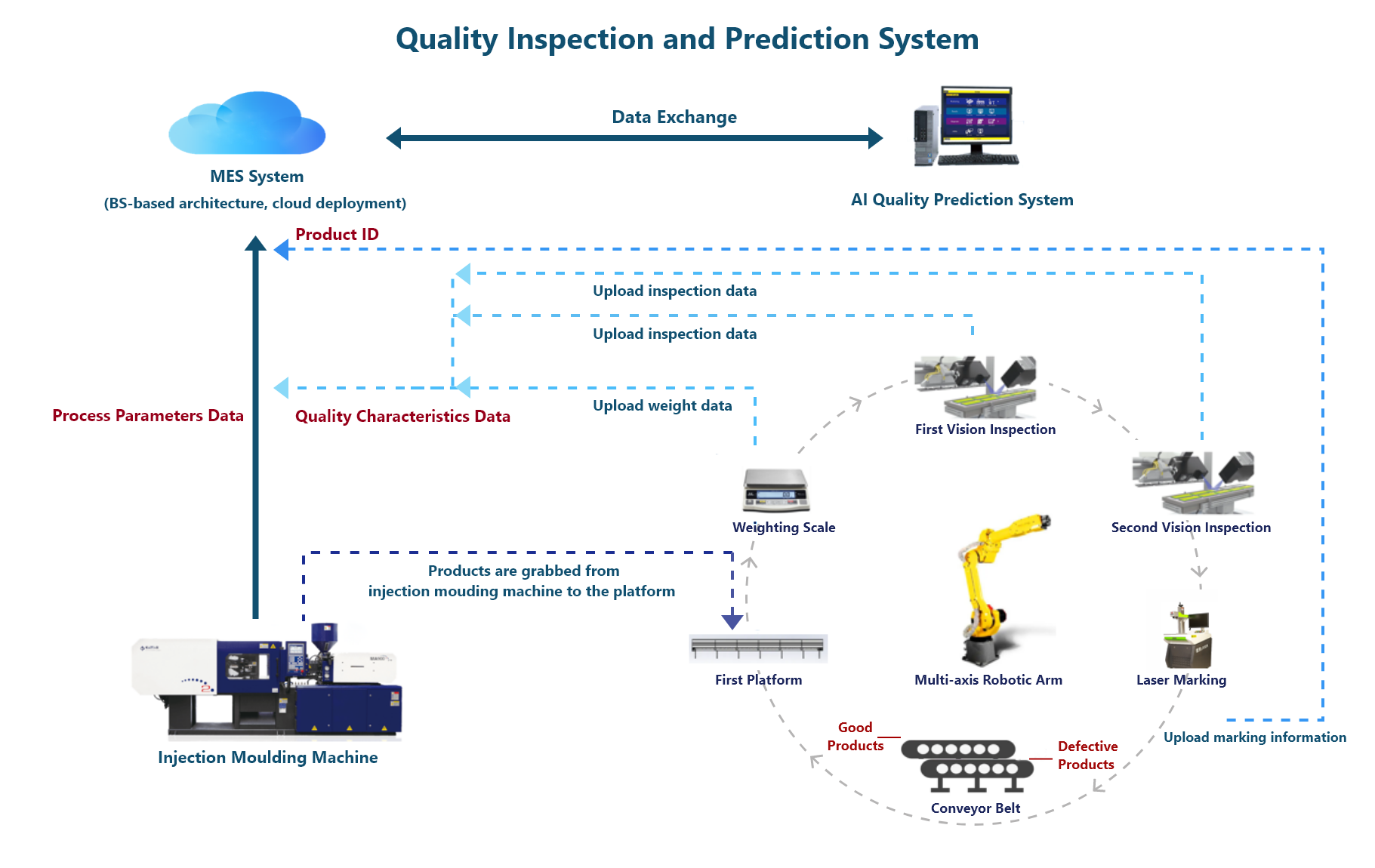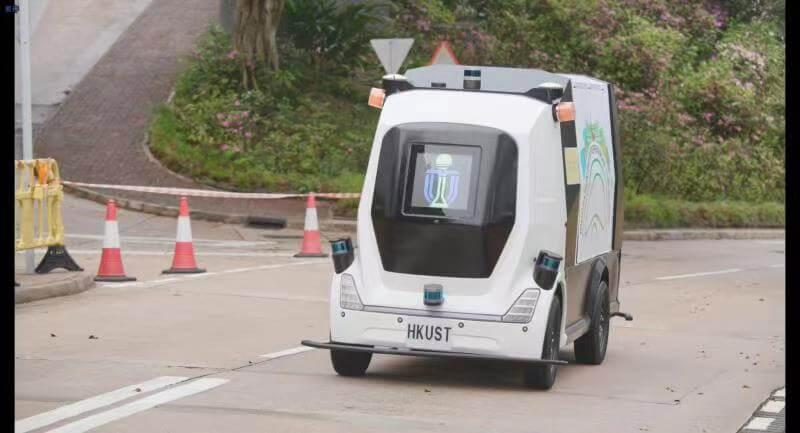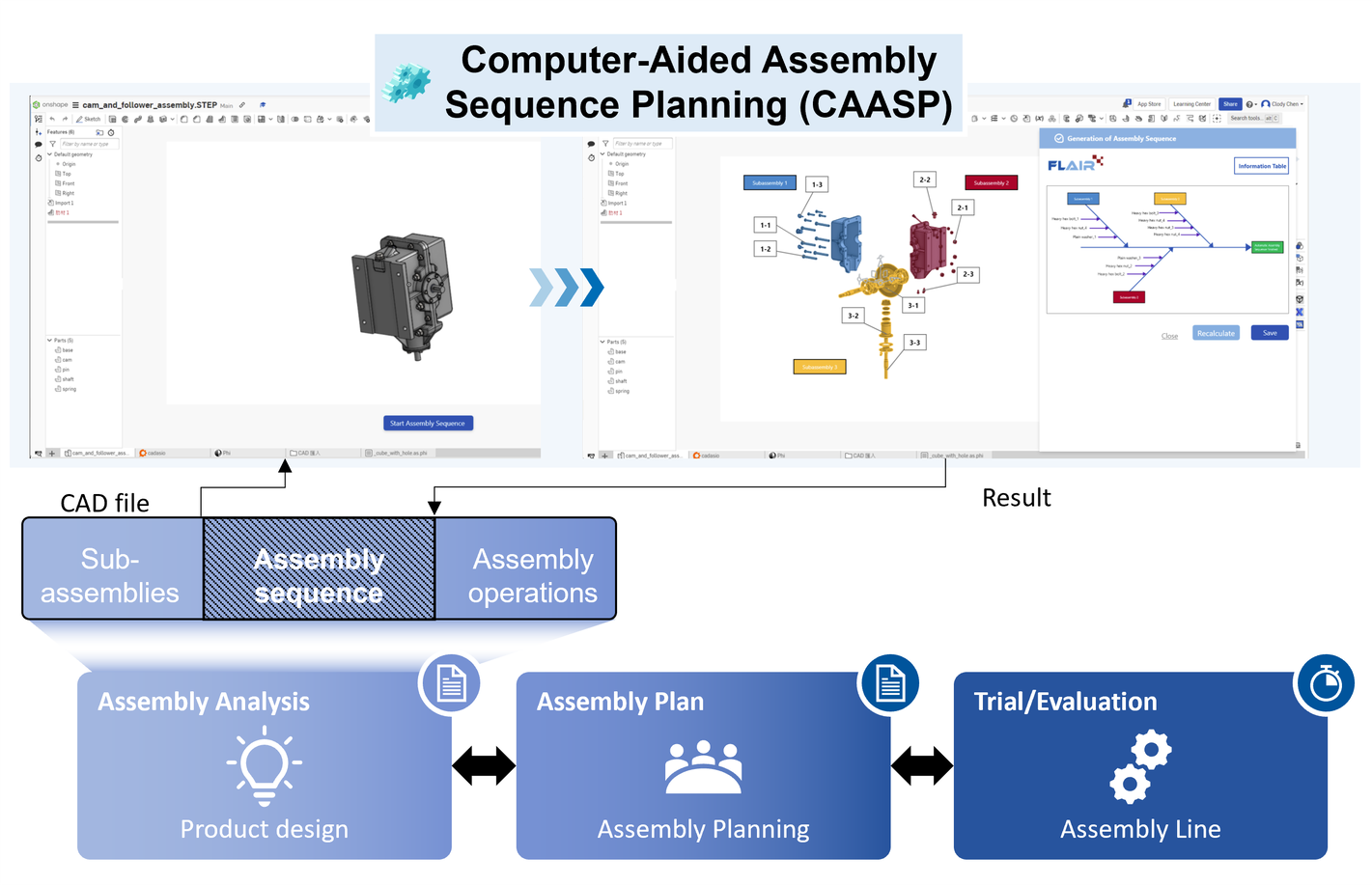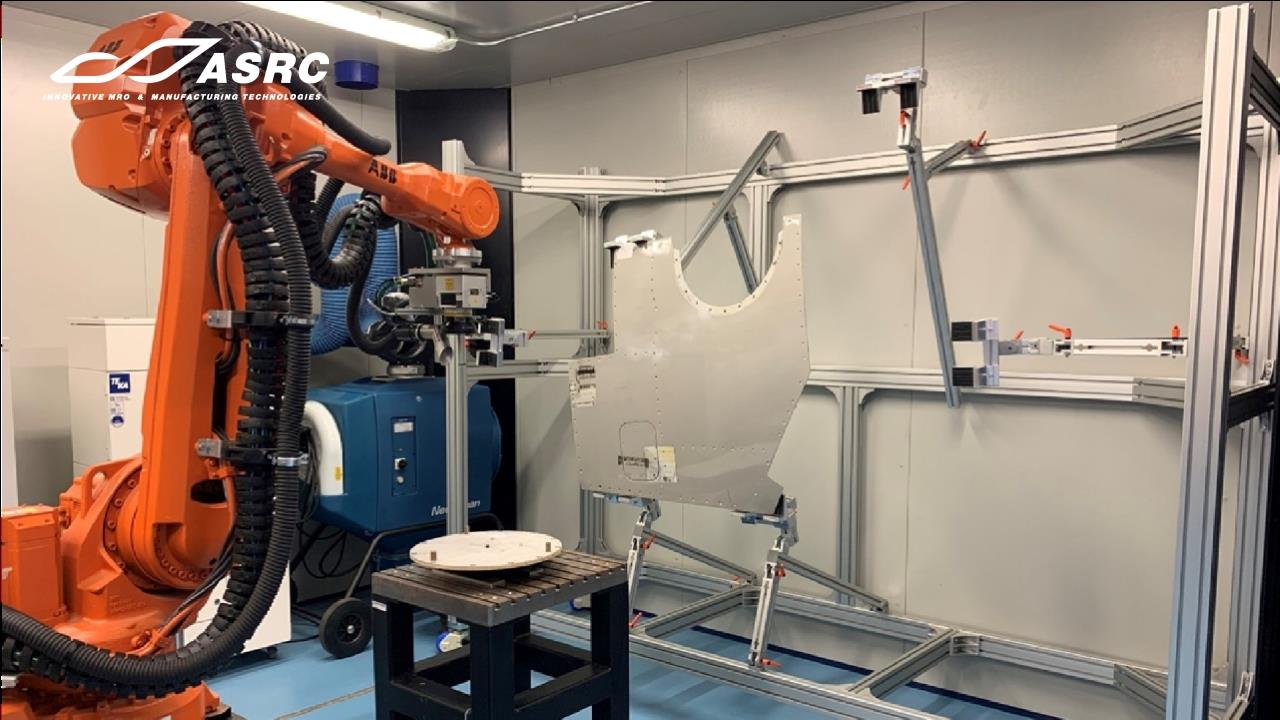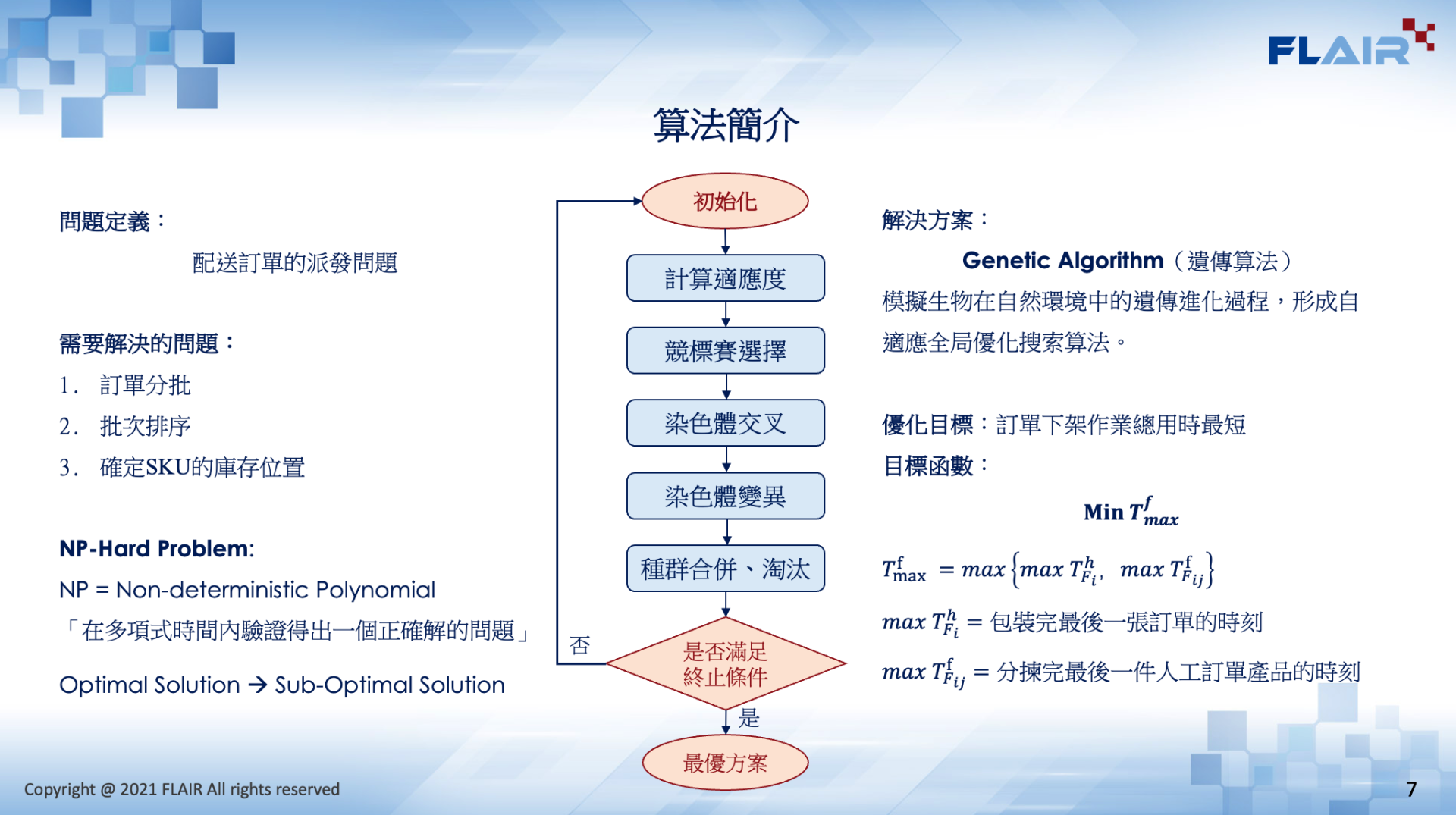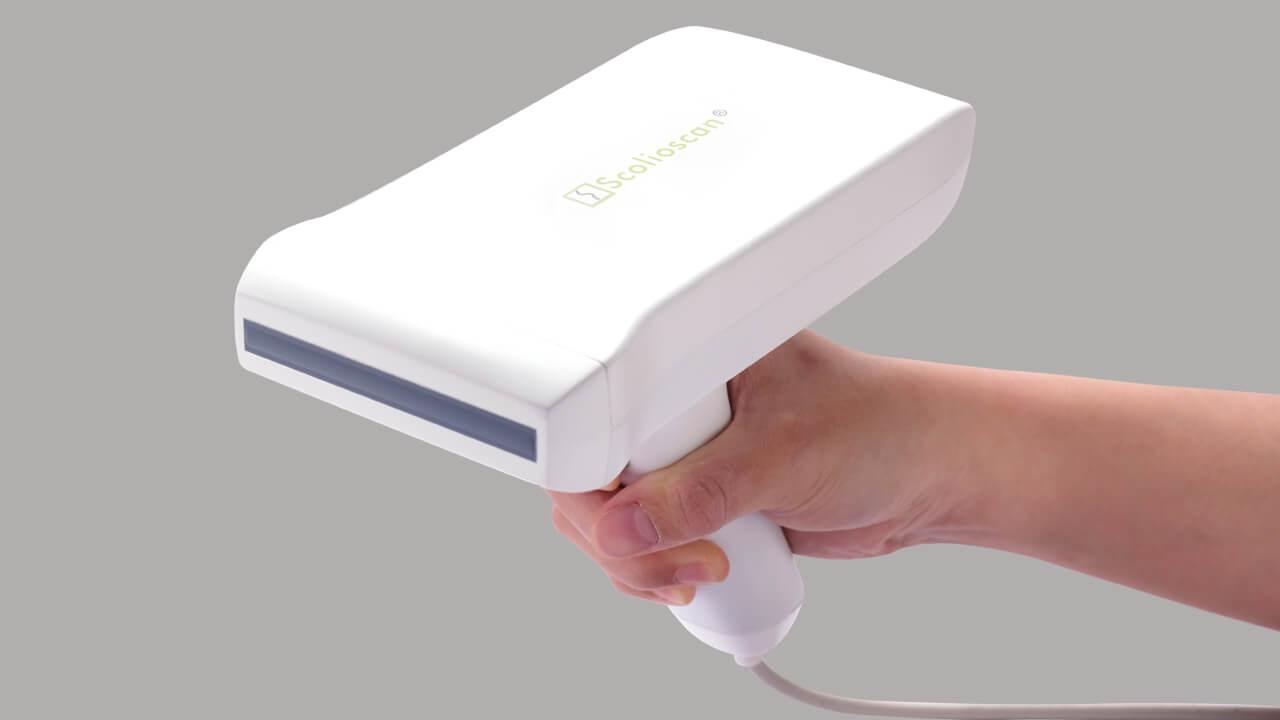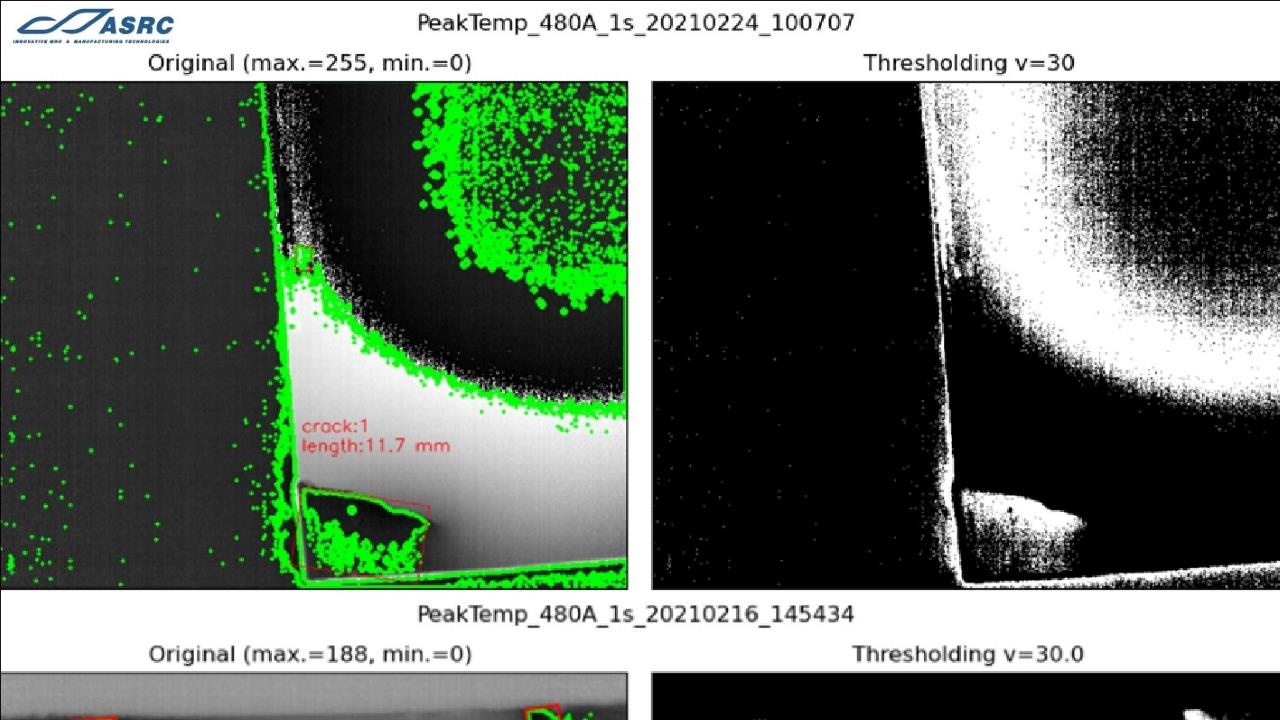
Prediction of the remaining useful life (RUL) of systems or products

In CAiRS, we have proposed a data-driven model using a transformer-based lightweight model for accurately prediction of the remaining useful life (RUL) of systems or products. The effectiveness of the proposed model is validated using the C-MAPSS dataset for aircraft engines provided by NASA. The proposed model achieves state-of-the-art performance on the C-MAPSS dataset, and outperforms previous state-of-the-art methods by at least 30% in RMSE and 50% in Score on the harder dataset in C-MAPSS
A physical-based model is often used when there is a good understanding of a less obfuscated system. However, since most interactions in the system are not well understood, the practicality of the physical-based model is greatly reduced.
- The proposed model is capable of handling a small number of sensor data, unlike traditional Transformers, which require high-dimensional data with many sensors.
- The proposed Spectral-based Transformer employs parameter-free Discrete Cosine Transform Attention (DCTA) to reduce memory requirements and computational complexity, making it easier to train on small datasets.
- For efficient propagation of temporal information, the Untied Positional and Contextual Attention (UPCA) is proposed in our model. The proposed multi-head shortcut also promotes effective feature embedding learning.
- In experiments on the C-MAPSS datasets, our model demonstrates promising performance on the more challenging parts of the samples, achieving at least a 15% improvement in RMSE and 10% improvement in Score, compared to state-of-the-art RUL prediction methods.
- High Prediction Accuracy: Appropriate maintenance can be scheduled for the system, without expending extra resources and time.
- Capable of handling a small number of sensor data
- Low computational complexity
- Rotating machines - motor, gas turbine engines,
Patent
- Hong Kong Short Term Patent No. HK30079023
As “New-industrialisation” has gained momentum in Hong Kong in recent years, the city’s new growth agenda now depends on the application of innovative technologies to streamline manufacturing process for the development of high value-added industries and industry supply chains locally. In addition to regenerate manufacturing that once played a major role in the economy.
Today, Hong Kong’s brands represent safe and reliable products and systems, and the Centre for Advances in Reliability and Safety (CAiRS) has been established to ensure and elevate “trust” in Hong Kong products using a top-down, problem-centric and collaborative approach. Through our collaborating research projects with industry, not only accelerate the "commercialization of scientific research results", but also expediting the transformation of "from 1 to N" results. CAiRS consolidates local and overseas’ talents to improve the innovative eco-system.

